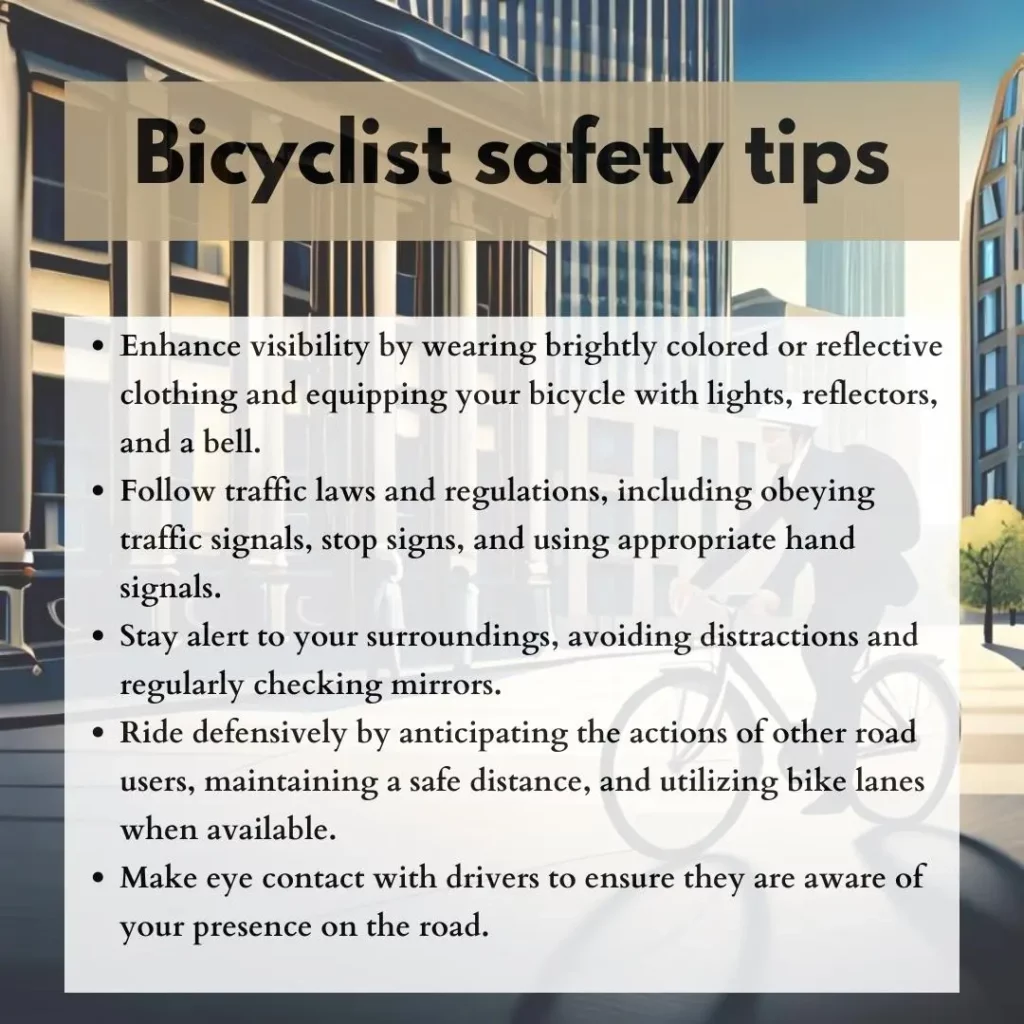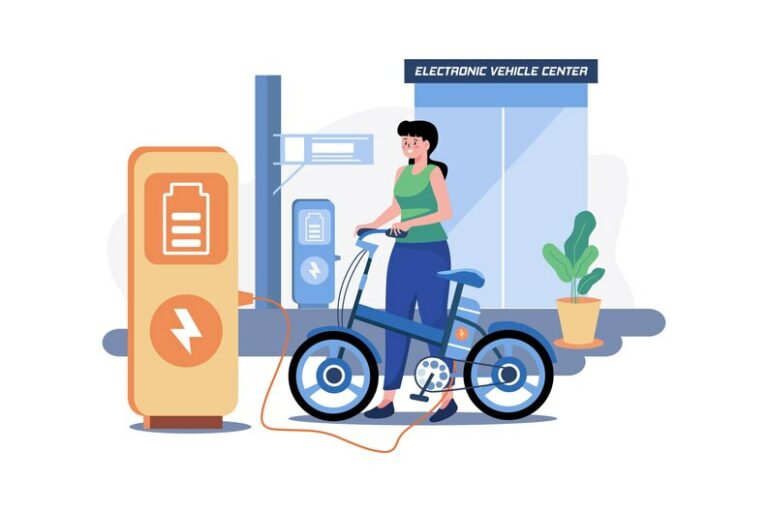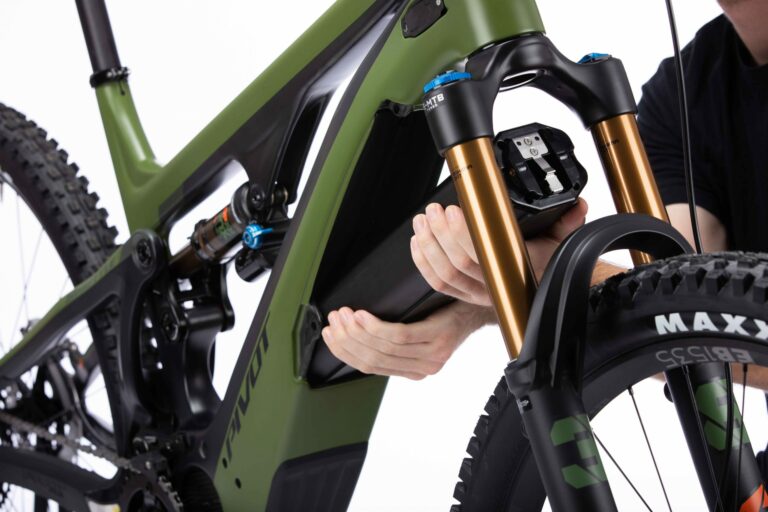When Are Bicyclists Required to Wear Helmets? User Guide
Bicycling is an enjoyable and eco-friendly way to get around, but safety should always be your first priority. Wearing a helmet is an essential aspect of protecting yourself while cycling. Wearing a helmet while riding a bicycle, whether electric or traditional, is crucial for preventing head injuries. Studies show that helmets reduce head injuries by 48% and traumatic brain injuries by 53%.
However, understanding the regulations and requirements regarding bicycle helmets can be confusing. There is no specific national bicycle helmet law in the United States. Each state has its own regulations, which may vary for minors and adults. In this user guide, we will explore when bicyclists are required to wear helmets, the laws surrounding electric bicycles, specific helmet requirements, and provide valuable safety tips for all cyclists.
Is it mandatory to wear a bicycle helmet?
Wearing a bicycle helmet is not mandatory in all areas, but safety experts and cycling organizations highly recommend and encourage it. Are you wondering if the police might pull you over and issue a ticket if you ride without a helmet? Well, the quick solution to your worry is that there is no state law against not wearing helmets.
Each state has its own helmet requirements regulations, which may differ for minors and adults. All the laws vary by jurisdiction. Wearing a helmet ultimately lessens the risk of severe head injuries in case of an accident. Even in places where helmet use is not legally required, it is essential to prioritize personal safety and make the responsible choice to wear one.
Electric bicycle helmet laws
Electric bicycles, commonly known as e-bikes, are becoming really popular. These bikes have a built-in motor that assists with pedaling, allowing riders to travel at higher speeds. The laws regarding helmet requirements for e-bikes often depend on the classification of the bicycle. In some regions, e-bikes that meet specific criteria, such as maximum speed and motor power, are subject to the same helmet laws as traditional bicycles. However, it is crucial to consult local regulations to determine the specific requirements in your area.
Bicycle helmet requirements
When it comes to bicycle helmets, certain requirements ensure optimal protection. These requirements typically focus on the helmet’s design, fit, and safety certifications. Here are the key factors to consider:

Helmet design
A bicycle helmet should have a hard outer shell made of impact-resistant materials like polycarbonate. The inner lining should consist of energy-absorbing foam, such as expanded polystyrene (EPS). Moreover, helmets often feature vents to provide airflow and comfort.
Size: Measure your head size using a soft tape measure. Place the tape measure just above your eyebrows and ears, ensuring it is level from front to back. Consult the helmet brand’s sizing chart to determine the correct fit, as sizes may vary between brands.
Position: Whenever you wear a helmet on your head, there should be a space of one to two fingers width between the brim of the helmet and your eyebrows. It ensures that you have a clear line of sight. You can also position the back of the helmet’s brim high enough to avoid touching the top of your neck.
Adjustments: Some helmets feature removable padding or a fit ring for easier adjustments. Every bike helmet comes with straps to secure it around your head. The side straps should form a “V” slightly in front of and beneath your ears. The chin strap should fit snugly but allow for one to two fingers’ width of space.
Helmet fit
Proper helmet fit is essential for maximum effectiveness. It should sit level on your head, covering the top, forehead, and sides. The straps should be securely fastened, creating a snug but comfortable fit. You need to make sure that the helmet does not block your vision and that it stays in place even during sudden movements.
Safety certifications
You can look for helmets that meet safety standards set by organizations like the Consumer Product Safety Commission (CPSC), Snell Memorial Foundation, or the European Committee for Standardization (EN). These certifications make sure that the helmet has undergone rigorous testing and meets stringent safety requirements.
Bicyclist safety tips
While wearing a helmet is important, additional safety measures can further protect bicyclists on the road. Here are some essential tips to enhance your safety:

Be visible
Wear brightly colored or reflective clothing to improve your visibility, especially during low-light conditions. Moreover, you need to equip your bicycle with lights, reflectors, and a bell to alert motorists and pedestrians of your presence.
Follow traffic rules
Obey traffic laws and regulations, including traffic signals, stop signs, and lane markings. Yield to pedestrians, use appropriate hand signals, and maintain a predictable riding pattern.
Stay alert
You need to stay aware of your surroundings and potential hazards on the road. Avoid distractions like using electronic devices while riding. Regularly check your mirrors and be prepared to react to unexpected situations.
Ride defensively
Anticipate the actions of other road users and be prepared to adjust your riding accordingly. Maintain a safe distance from vehicles, utilize bike lanes when available, and make eye contact with drivers to ensure they see you.
States of the USA that don’t require riders to wear bike helmets
In various states, such as Alaska, Arizona, Colorado, Idaho, Illinois, Iowa, Kansas, Kentucky, Minnesota, Mississippi, Missouri, Montana, Nebraska, Nevada, Oklahoma, South Carolina, South Dakota, Utah, Vermont, Virginia, Washington, Wisconsin, and Wyoming, the enforcement of helmet usage for e-bike riders is not mandated by statewide legislation.
Despite this lack of legal obligation, it is strongly advised that riders prioritize their safety by wearing helmets. The absence of such laws in these states reflects the dynamic nature of e-bike regulations. As these motorized bicycles continue to gain popularity and become a more common sight on roads and bike lanes, lawmakers consistently evaluate and revise the rules to accommodate the distinctive features of these vehicles.
It is essential to note that while statewide helmet laws may not exist, local jurisdictions within these states might have specific requirements pertaining to helmets for e-bike riders. Thus, it is prudent to consult the local regulations in your area to ascertain any supplementary helmet mandates.
Conclusion
Prioritizing safety by wearing a bicycle helmet is a wise decision for all riders, regardless of legal requirements. Understanding the laws and regulations specific to your region is essential for compliance and personal well-being. Remember to choose a helmet that meets safety standards, ensure a proper fit, and follow additional safety tips to enhance your bicycling experience.
FAQs (Frequently Asked Questions)
Q1: Are bicycle helmets only necessary for children?
A1: No, bicycle helmets are essential for riders of all ages. Head injuries can occur at any age, and wearing a helmet significantly reduces the risk of severe injury.
Q2: Can I use a skateboard helmet for bicycling?
A2: While both skateboarding and bicycling helmets provide head protection, it is recommended to use a helmet specifically designed for cycling. Bicycle helmets often offer better ventilation and protection for different impact scenarios.
Q3: Do bicycle helmet laws apply to bike-sharing programs?
A3: Yes, in most jurisdictions, bicycle helmet laws apply to riders using bike-sharing programs. It is advisable to check the regulations specific to your area and the bike-sharing program’s guidelines.
Q4: Should I replace my helmet after a crash?
A4: Yes, after a crash, it is important to replace your helmet, even if it appears undamaged. The impact may have compromised the helmet’s integrity, rendering it less effective in future accidents.
Q5: Are there any exemptions from bicycle helmet laws?
A5: Some jurisdictions may have exemptions from helmet laws for specific circumstances, such as medical conditions that prevent helmet use. Check your local regulations for any applicable exemptions







